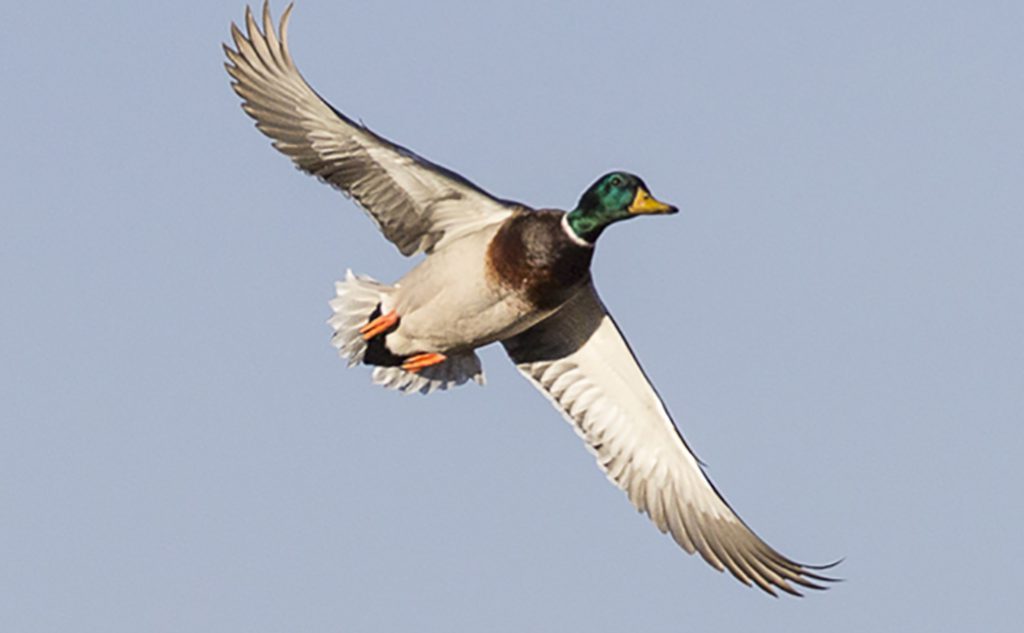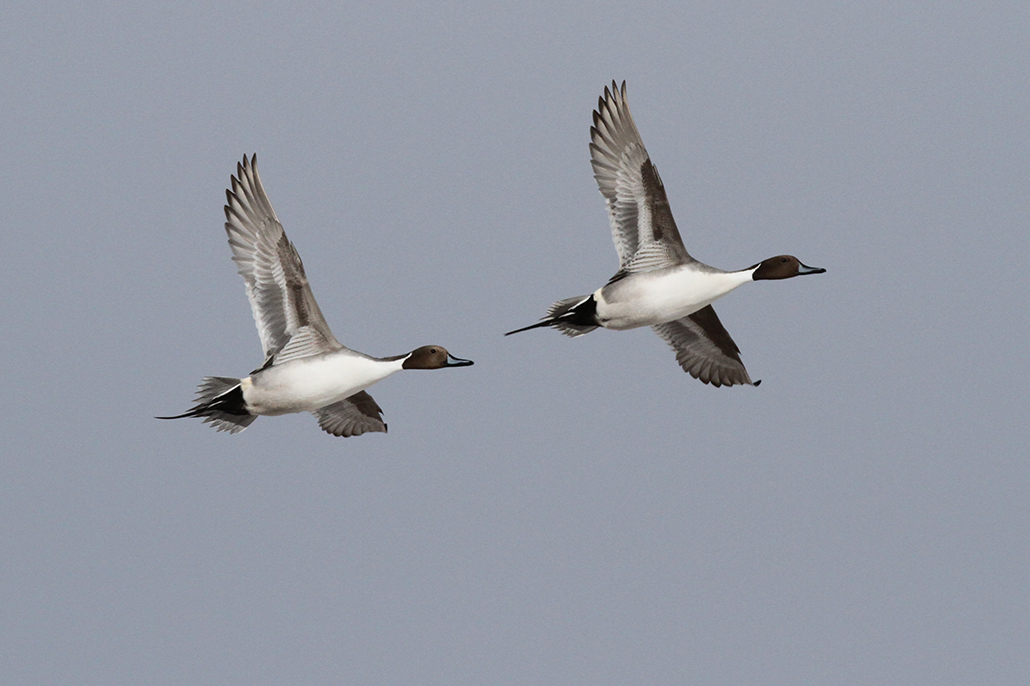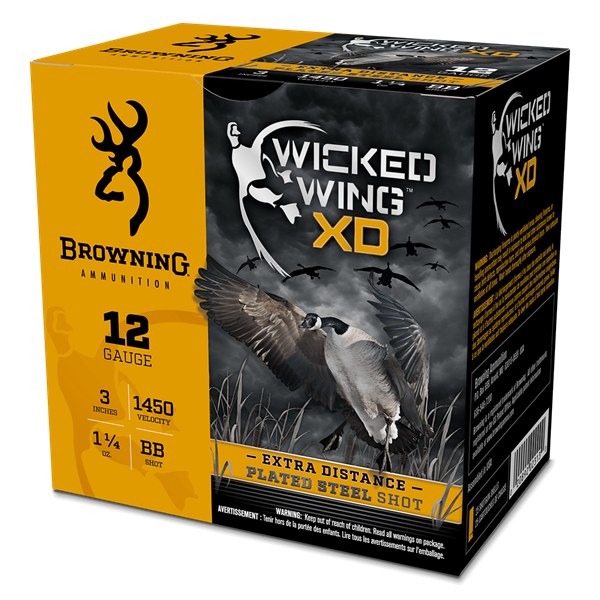Where the Ducks Are
Turn of the century–20th century–major-league outfielder, “Wee Willie” Keeler, advised fellow batters to “Keep your eye clear, and hit ’em where they ain’t.” Good strategy for baseball but not for duck hunters. Duck hunters need to hit ’em where they are.

Volumes have been written about patterns for decoy spreads; about leaving open water for ducks to land; about the number and types of dekes to use; about confidence decoys and motorized mallards. And it’s all perfectly valuable information. And none of it matters if the ducks are not going to be there to begin with.
Decoys, and blinds and camouflage and getting up really, really early, do not make ducks. Ducks make ducks in a process I trust needs no explaining. And ducks make duck hunting when they are where you are, or rather when you figure where they want to be and get there ahead of them.
I used to ride around with a duck-hunting friend in the Mississippi Delta country in the evenings, watching the skies. When we’d see a skein, barely black dots in the distance, he’d say something like, “Gadwalls,” as he watched them drop down toward the fields and water. Other times, “Sprigs” or “Bluebills.” He’d glance over at me as I, thinking, What the hell?was still staring out the windshield.
“No trick to it, son,” he’d say, seeing my wonderment. “Just scout ducks for about 20 years. To begin with.”
There simply is no other way to hunt ducks than to be, first of all, in their vicinity. Ducks move around, which is what “migratory” means. Weather is, of course, one of the things that moves ducks. You hear about the inadvisability of hunting on “bluebird” days, when what matters is not the sky overhead as much as the sky and the temperatures hundreds of miles north. So tracking cold fronts can be a good first step to finding ducks.

What must also be considered is that not all potholes, puddles, or fields are all the same to ducks. Which brings me back to my Mississippi friend. Experience taught him that where you hunt ducks is not about where you may want to be but where the ducks want to, and that means finding them before you set up to shoot. Some places will hold ducks through the season, or at least that portion of the season when the birds are migrating through. Many commercial and private hunting clubs spend an inordinate amount of time, and money, preparing the land and the water to make their permanent blinds particularly attractive. They want them to standout amid the surrounding area.
Barring having many thousands, if not hundreds of thousands, of dollars to dig out ponds or dredge canals or plant crop fields, though, a serious water fowler wants to invest in a good binocular, a four-wheel-drive vehicle, a property map, and plenty of mornings, afternoons, and evenings to identify where the ducks are setting down.
When you have found the spot to which the ducks are flying, and gotten permission to hunt there if it is private land, then you can give your attention to the shape of your decoy spread, its size, wind direction, blind, and ammunition. Things like concealment and calling, while vital, become, when you know where the birds want to be, marginally less critical. With ducks coming in to the decoys where they are already inclined to land, lighter non-toxic shot, such as Browning Wicked Wing XD No. 3s and 4s, comes into its own. The temptation to sky-bust is greatly reduced and setting up shots becomes a lot less rushed than with fast-flying passing birds. And limits can become far more achievable. With good scouting, duck hunting can be more about pop-up flies than screaming line-drives.
Follow Browning Ammunition’s social media channels for more hunting and shooting tips and updates on Browning Ammunition supported events and promotions on Facebook, You Tube, Instagram and Twitter.




